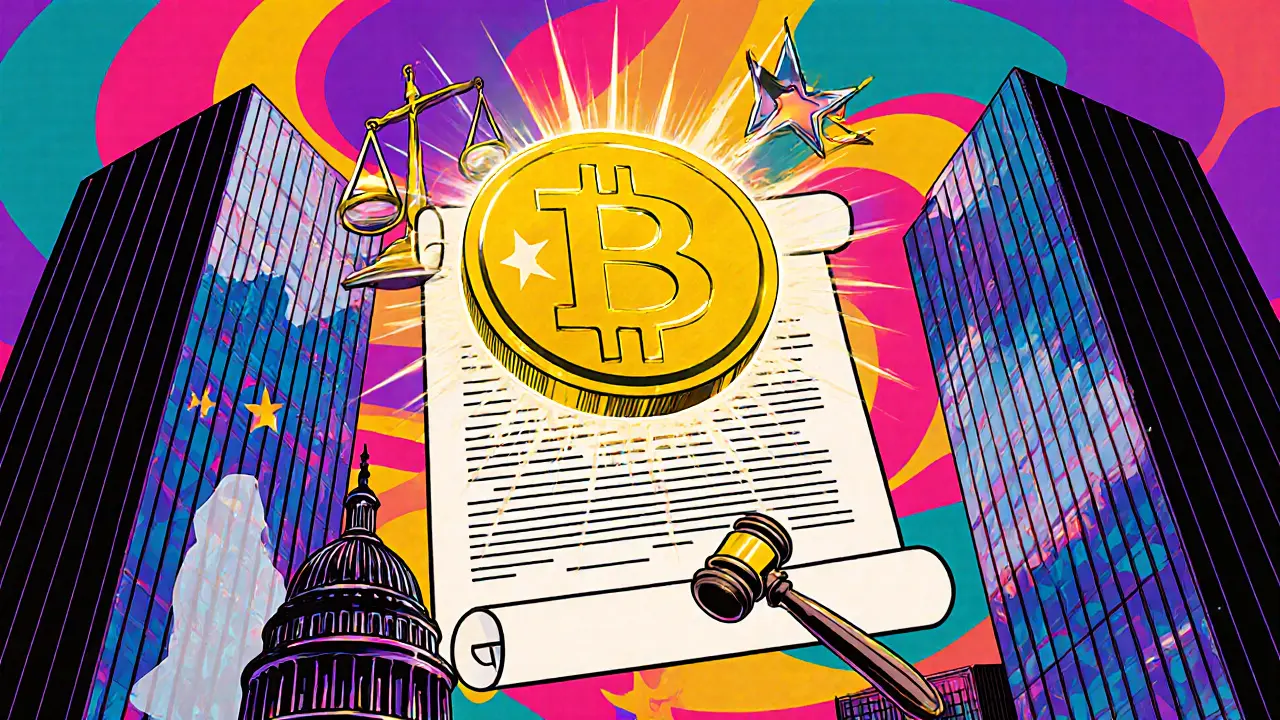Tokenized Property: What It Is and Why It Matters
When working with Tokenized Property, a digital representation of real‑world real estate that lives on a blockchain, enabling fractional ownership and seamless transfer. Also known as Real Estate Tokenization, the process of converting property assets into tradeable tokens, it bridges traditional real estate with modern crypto finance. This bridge relies heavily on Blockchain, a decentralized ledger that guarantees security, transparency, and immutability for token records. In practice, tokenized property encompasses fractional ownership models, allowing investors to buy slices of a building the way they would buy shares of a stock.
Key Concepts Behind Tokenized Property
To understand tokenized property, you need to grasp three core ideas. First, Fractional Property Investment, the practice of splitting a property’s value into many small tokens so anyone can own a piece, lowers the entry barrier and boosts liquidity. Second, RWA Tokens, tokens backed by real‑world assets like land or buildings, provide a trusted connection between crypto markets and physical assets. Third, the legal and regulatory framework—often called a "tokenized property structure"—defines how ownership rights, dividends, and voting powers are enforced on‑chain.
These concepts require robust smart contracts to automate payouts, enforce compliance, and handle secondary market trades. They also influence the broader tokenization ecosystem: as more real estate gets tokenized, investors gain exposure to diversified property portfolios without the headache of traditional deals. Below you’ll find a hand‑picked collection of articles covering exchange reviews, airdrop guides, DeFi strategies, and deep dives into real‑world tokenization projects—all curated to give you a full picture of how tokenized property fits into today’s crypto landscape.
Real Estate NFT Regulations: Key Challenges and How to Navigate Them
Explore the biggest regulatory hurdles facing real estate NFTs, see how different countries treat tokenized property, and get a checklist to stay compliant and invest safely.
